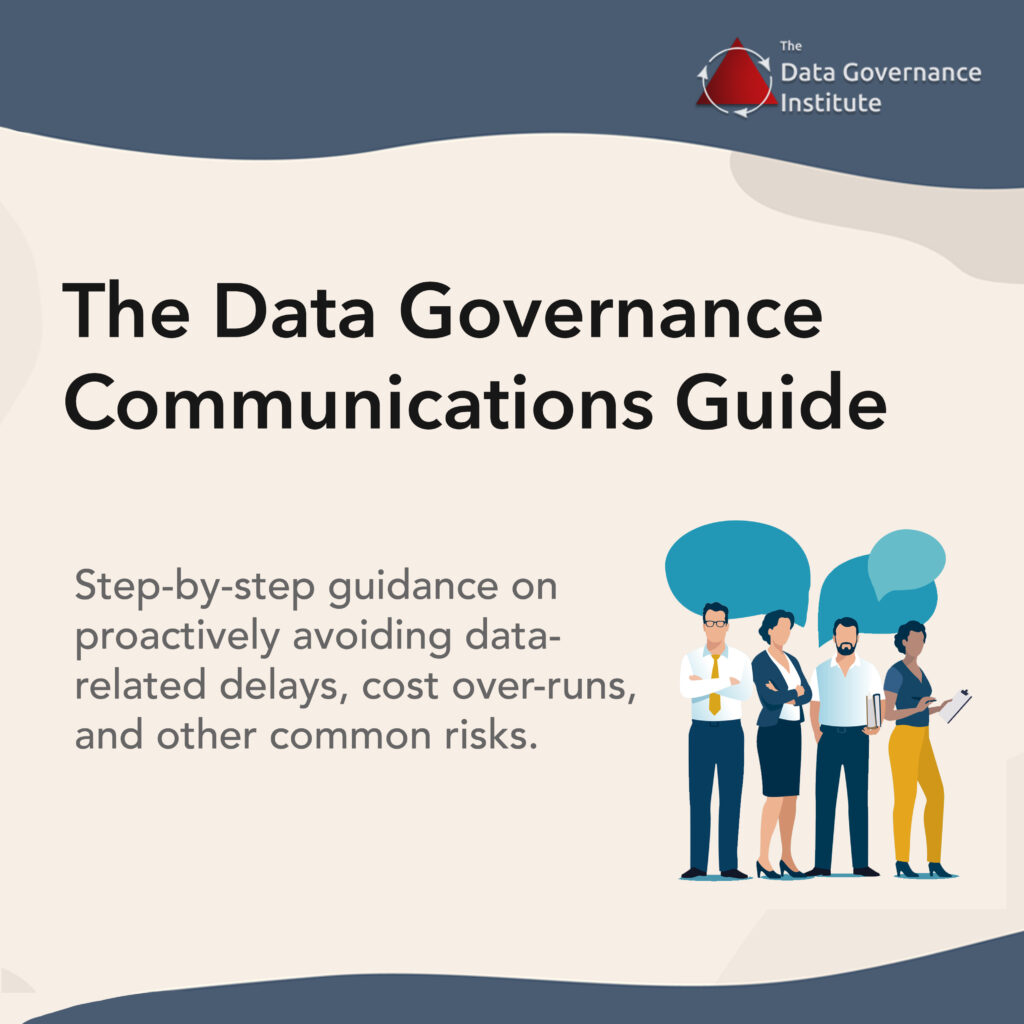Most organizations have string change management – or at least change control – mechanisms for technology. They usually have change management for software applications. They have change management for websites. And yet, many organizations do not practice structured change management for data.

Why is this important? Some types of data – master data and reference data – should have tightly controlled sets of valid values. These values appear in thousands and millions of transactions; without change control, different repositories storing master and reference data get out of sync.
One role of Data Governance is to set the scope of data-related change management and to oversee change management activities.
Examples of data-related change management are:
- Changes to allowable values for reference tables
- Changes to physical data stores that impact the ability to access or protect in-scope data
- Changes to data models
- Changes to data definitions
- Changes to data structures
- Changes to data movement
- Changes to the structure of metadata repositories
- Changes to types of metadata included in a metadata repository
- Changes to stewardship responsibilities
Some of the organizations I’ve assisted have wanted highly-structured, step-by-step change management processes. Having such processes have helped train participants to sync up their activities, and they’ve helped prove to auditors that formal, auditable processes were being followed.
Other organizations did not feel the need for documented processes. These groups were used to managing other types of change; for them, applying this to data was not a stretch.
Another organization I worked with felt it would be considered oppressive to ask all its business units to commit to formal change management. Instead, it set a requirement for change notification. Data Stewards were asked to notify the Data Governance Office (DGO) about certain types of changes. Then the DGO would communicate the changes to all known data stakeholders and would collect feedback about potential issues. If needed, the DGO would facilitate discussions about impacts and issues.



